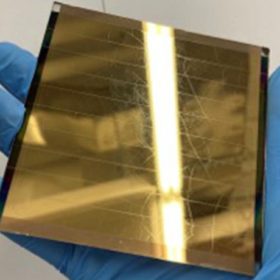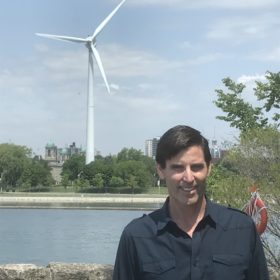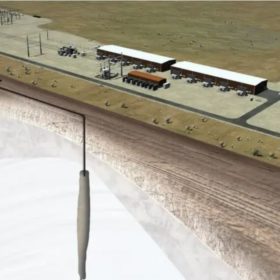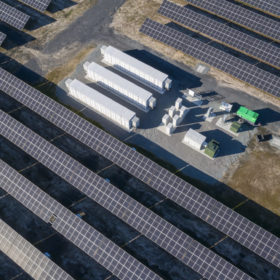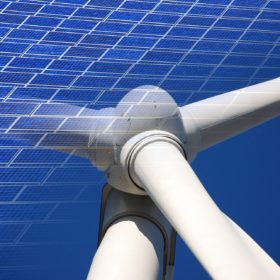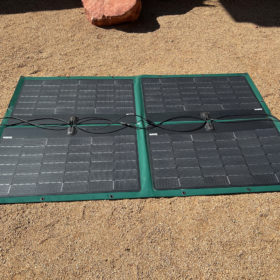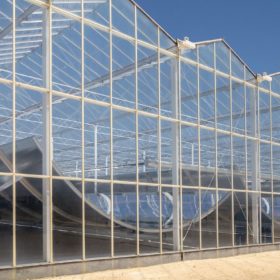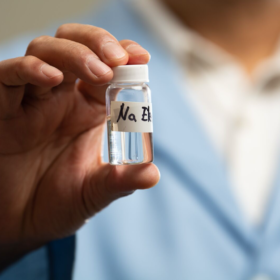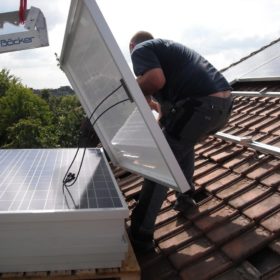Light-scattering structures to boost solar performance
An international team of scientists developed a nanoparticle structure which, when added to a solar cell, was shown to scatter light and potentially reflect it many times within the cell, contributing to a noticeable jump in current.
Study finds 100% renewables would pay off within six years
New research from Stanford University researcher Mark Jacobson outlines how 145 countries could meet 100% of their business-as-usual energy needs with wind, water, solar and energy storage. The study finds that in all the countries considered, lower-cost energy and other benefits mean the required investment for transition is paid off within six years. The study also estimates that worldwide, such a transition would create 28 million more jobs than it lost.
World’s largest underground hydrogen storage project
Mitsubishi Power Americas and Magnum Development are set to begin construction on a 300 GWh underground storage facility in the US state of Utah. It will consist of two caverns with capacities of 150 GWh, to store hydrogen generated by an adjacent 840 MW hydrogen-capable gas turbine combined cycle power plant.
Five things to consider in designing and commissioning high performance solar-plus-storage projects
No two projects are alike, and sharing the lessons learned from working on these highly complex systems can help accelerate the deployment of energy storage with essential clean energy assets.
Can renewables curtailment be rethought as a good thing?
While curtailing solar and wind energy production can be viewed as a lost opportunity, NREL argues that it may be an important feature in the future energy grid dominated by low-cost renewable energy.
Portable flexible PV systems for off-grid, residential applications
US startup New Use Energy Solutions has launched a new line of portable PV systems built with a module technology relying on Sunpower’s solar cells. The modules are assembled in the system via a custom vinyl tarp.
Turnbull backs US solar energy company’s technology to decarbonise heavy industry
Former Australian prime minister Malcom Turnbull has joined the advisory board of resurrected American concentrated solar thermal energy company GlassPoint as it looks to target mining and manufacturing companies with its clean energy technology.
Sodium-ion batteries for EVs, renewables storage
US scientist have developed a new electrolyte design for sodium-ion batteries to improve their long cycling performance. The low-solvation electrolyte was designed for high-voltage sodium-ion batteries, which retained 90% of their capacity after 300 cycles.
There’s big money in recycling materials from solar panels
Recycling solar panels keeps them out of landfills, but also provides much-needed raw materials with Rystad Energy projecting a value approaching AU$118 billion (US$80 billion) by 2050.
Australia & US sign energy agreements to mitigate China over-reliance, ensure supply chains cannot be weaponised
Speaking at the Sydney Energy Forum, leaders from Australia and the US have highlighted the importance of not only transitioning to renewables, but of ensuring the supply chains used to make the technologies do not remain as concentrated as they are today.
